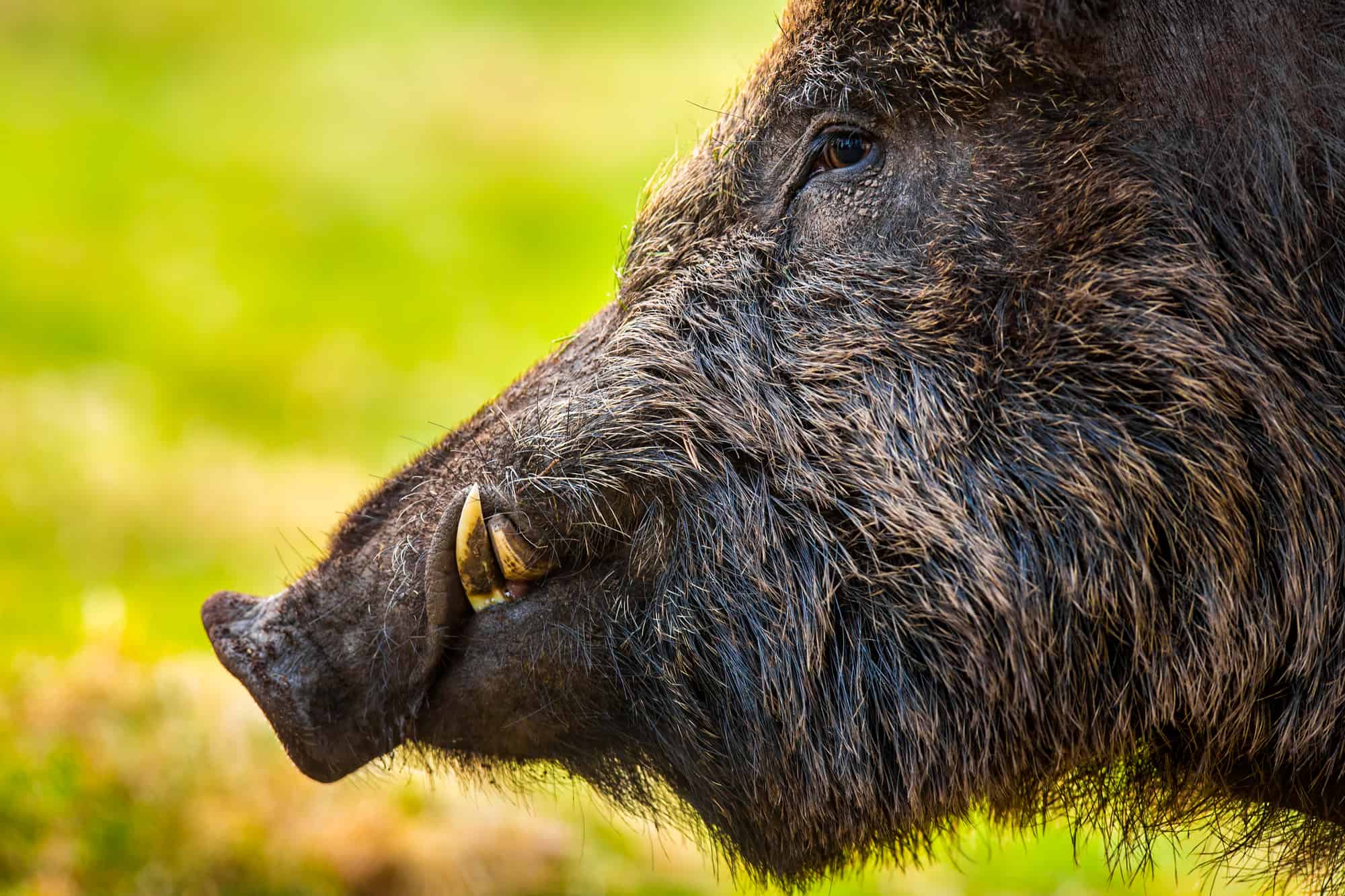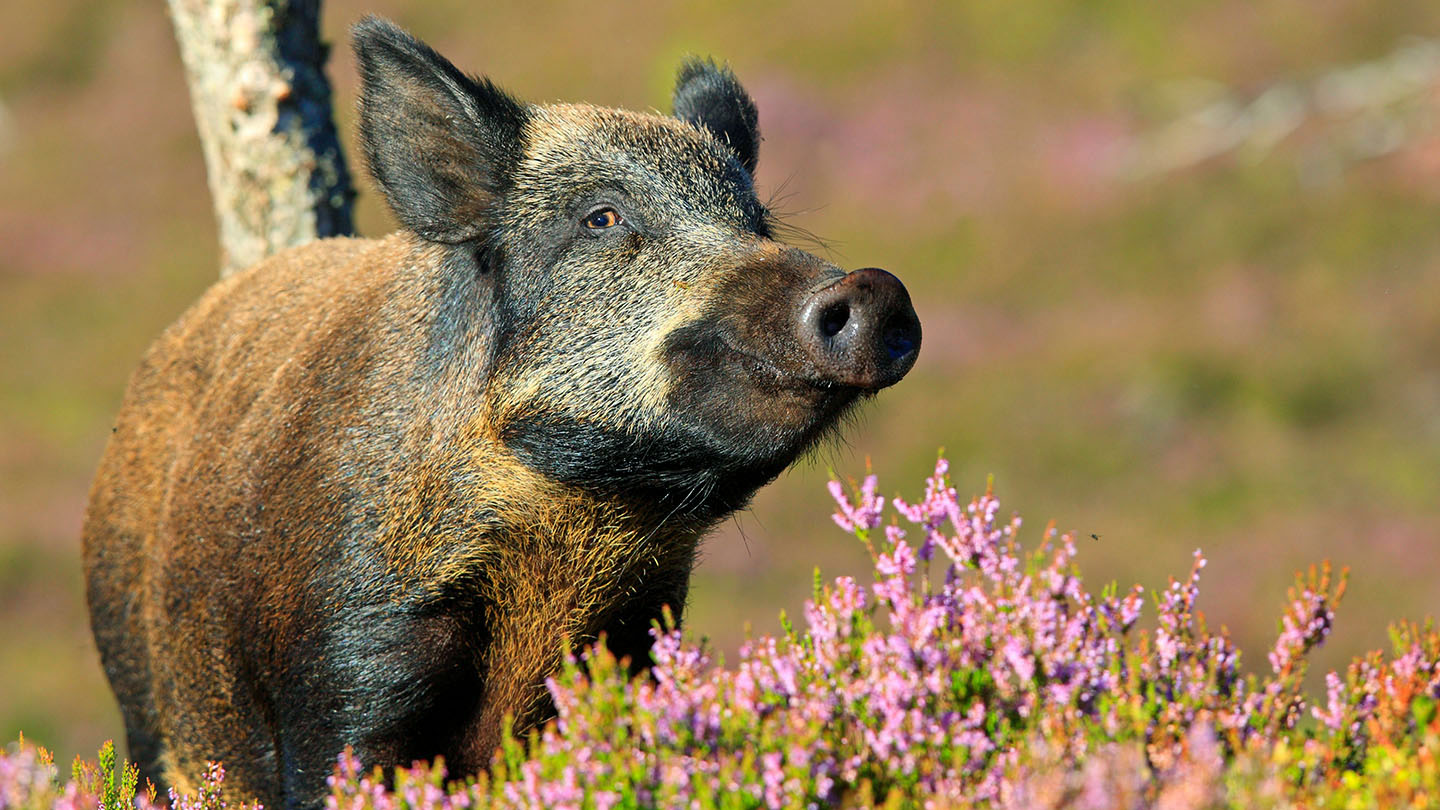🤖 AI-Generated Content
This content has been created using artificial intelligence. While we strive for accuracy, please verify important information independently.
The wild boar, often called the wild pig, is a truly fascinating creature that has roamed the planet for a very long time, actually, making its home in many different places.
This animal, known scientifically as Sus scrofa, is a foundational part of nature's story, having given rise to many of the pigs we see today, you know, the ones that are part of our everyday lives. It's almost like looking at the original blueprint for all pigs, in a way, a very important link in the animal family tree.
We're going to take a closer look at this remarkable animal, its origins, where it lives, and what makes it such a significant part of the natural world, in a way, almost like exploring a natural "Boar Corp" itself. So, get ready to discover more about this creature that has captivated people for a long time.
- Remoteiot Vpc Ssh Download Free
- Iggy Azalea Onlyfans Leaks
- Filmy4wap Xyz South Movie
- Nicholas Alexander Chavez Mexican
- Hsoda030
Table of Contents
- What is Boar Corp's True Identity?
- Boar Corp's Family Tree - Who are its Relatives?
- Where Does Boar Corp Make its Home?
- Boar Corp's Physical Presence - How Big Can It Get?
- Is Boar Corp a Troublemaker?
- Boar Corp's Habits - What Does It Do?
- Life with Boar Corp - How Long Do They Live?
- The Boar Corp's Influence on Other Pigs
What is Boar Corp's True Identity?
When we talk about "Boar Corp," we are really talking about a specific kind of animal, a wild pig that goes by a few different names, you know, depending on where you are or who you are talking to. This animal is formally known to science as Sus scrofa, which is its special scientific name, a bit like a unique identifier for this creature. It's often simply called the wild swine, which is a fairly common way to refer to it, or sometimes the common wild pig, just to make things clear about what kind of pig we mean. People also call it the Eurasian wild pig, which gives you a hint about some of the places it calls home, and then there is the very straightforward name, just wild pig. So, it has many labels, but they all point to the same animal, a creature that has been around for a very long time, actually, making its mark on the natural world. This particular animal belongs to a group of creatures known as suids, which is the family name for pigs and their close relatives, meaning it shares some characteristics with other animals in that group. It's a very interesting creature, in some respects, with a long history.
- Hd 2025
- Karlye Taylor Leaked
- Kalogera Sisters House Location
- Abby Berner Fanfix Leaked
- Eva Elfie X Jason Luv
Boar Corp's Family Tree - Who are its Relatives?
The wild boar, this "Boar Corp" we are discussing, is a significant part of the larger pig family, the Suidae, you know, a big group of animals that share common traits. This means that when we consider the wild boar, we are looking at a wild member of the pig species Sus scrofa, which is the same species that our familiar domestic pigs come from. It's really quite something to think about, that the pigs on farms today, the ones that are so much a part of human life, actually have this wild relative as their original ancestor. So, in a way, the wild boar is like the founding member of the pig lineage, the one that started it all. Most types of pigs, the ones we see in various forms around the globe, tend to have evolved from these wild boars, a testament to their enduring genetic make-up and their ability to adapt over long stretches of time. It shows how truly important this particular animal is to the entire pig family, a bit like a very old and respected elder.
Its connection to the domestic pig, Sus scrofa domesticus, is quite direct, as it is the wild ancestor from which these farm animals developed, you know, over many, many generations of human interaction and selective breeding. This means that the characteristics and behaviors we see in domestic pigs can often be traced back to their wild cousins, the "Boar Corp" members that roamed freely long ago. It's a fundamental part of how we understand the history of these animals and their place in both the natural world and human society. The wild boar's genetic contribution is, therefore, very significant, providing the base for a wide variety of pig forms we see today, really.
Where Does Boar Corp Make its Home?
The wild boar, this "Boar Corp" animal, is truly a creature that can live in many different places, showing a remarkable ability to adapt to its surroundings, you know. It's originally from a large part of Eurasia and North Africa, which is a vast area with many kinds of environments. We often find this animal living in woodlands, for example, across much of central Europe and also in the Mediterranean region, where there are plenty of trees and places to find food and shelter. It seems to thrive in these forested areas, which provide cover and resources, actually.
However, this animal is a true wanderer, a kind of nomad in the animal world, that doesn't let geographical boundaries hold it back, apparently. It has shown a surprising ability to make its home in a truly wide variety of natural settings. This means you might find it in very cold boreal forests, the kind with lots of pine trees and long winters, or even in very dry, harsh deserts, which is quite a feat for any animal, really. Its capacity to adjust to such different conditions is quite something to observe.
While it was originally only found in parts of Asia, certain areas of North Africa, and most of Europe, this animal has, in recent times, spread to almost every continent, you know. This expansion has led to them being called feral pigs or wild hogs in some places, particularly where they are not native. So, their ability to live in many different climates and types of land has allowed them to become present across the globe, in a way, almost like a worldwide "Boar Corp" presence.
Boar Corp's Physical Presence - How Big Can It Get?
When we talk about the size of this "Boar Corp" creature, it's worth noting that the wild boar is, in fact, the largest of the wild pigs, you know, among all the different kinds that roam free. This animal can stand quite tall, reaching up to 90 centimeters, which is about 35 inches, when measured at its shoulder. This makes it a truly imposing animal in its natural setting, a bit larger than what many people might expect from a wild pig, really. Its stature gives it a certain presence in the wild, allowing it to move through dense vegetation and stand its ground.
The sheer bulk and height of these animals mean they are not easily overlooked, and their size is a key part of their survival in many environments, you know. They carry a good deal of muscle and bone, making them quite sturdy and resilient creatures. This physical makeup helps them to navigate their varied habitats, whether it's pushing through thick undergrowth or facing challenges from other animals. So, their size is a very important characteristic that sets them apart from other wild pigs, making them quite distinctive.
Is Boar Corp a Troublemaker?
The wild boar, sometimes known as feral pigs or wild hogs, has, in recent years, been seen as causing quite a bit of difficulty, you know, especially when they appear in places where they are not native. These animals are known for their strong and sometimes forceful behavior, which can cause problems for people and for the environment. When they are introduced to new areas, they can sometimes create a lot of disruption, causing what some might call "havoc" in those new settings, which is a concern for many.
Their presence in non-native areas means they can become what are called invasive species, you know, meaning they spread and can upset the natural balance of an ecosystem. This can lead to various issues, such as damaging crops, changing the land, and even competing with local animals for food and space. So, while they are a natural part of their original homes, their actions in new places can be quite impactful, leading to significant challenges for local communities and wildlife, in a way, almost like a powerful "Boar Corp" force.
It's also been observed that human activities can, in some instances, make these animals less important in their original natural homes, you know. This doesn't mean the animals disappear, but rather that their traditional role in the ecosystem might change or become less significant due to how people use the land or interact with the environment. This human presence can alter the wild boar's habitat and behavior, leading to a different kind of relationship between the animal and its surroundings, which is something to consider, really.
Additional Resources
Visual Content



Disclaimer: This content was generated using AI technology. While every effort has been made to ensure accuracy, we recommend consulting multiple sources for critical decisions or research purposes.
